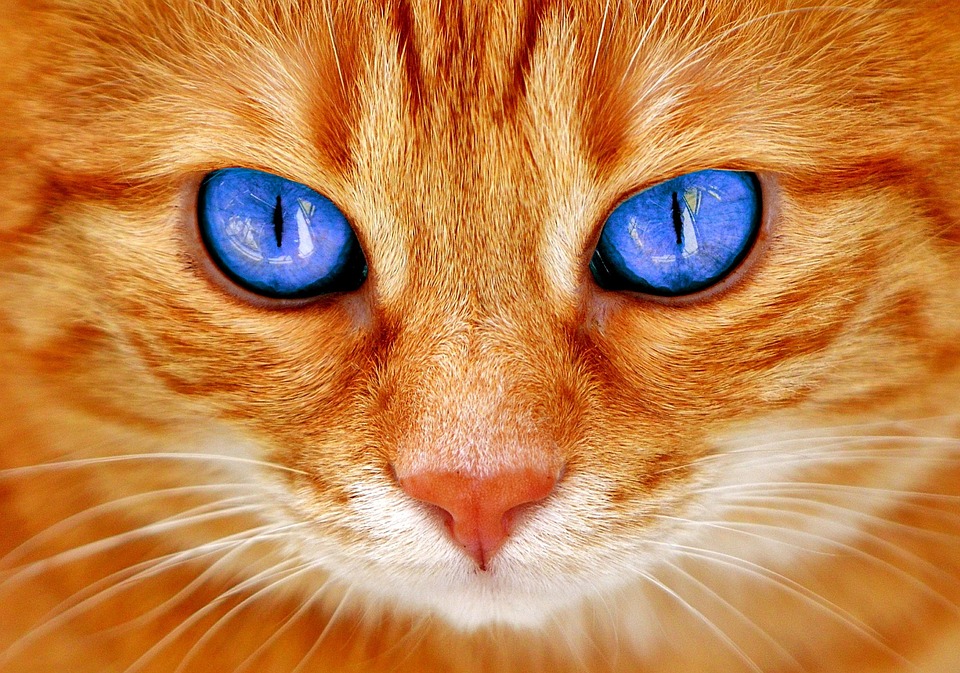Cats are known for their mysterious behaviors, but excessive vocalization can be a cause of concern for many cat owners. If your feline friend is constantly meowing, yowling, or making other loud noises, it’s essential to understand the underlying causes and find appropriate solutions. In this article, we will delve into the reasons behind excessive vocalization, explore common symptoms, and provide effective solutions to help you restore peace to your home.
Causes of Excessive Vocalization:
One of the primary causes of excessive vocalization in cats is attention-seeking behavior. Cats may learn that meowing loudly gets them the attention they desire, whether it’s for food, playtime, or simply petting. If this behavior is reinforced, it can become a habit.
Stress and anxiety are another significant cause of excessive vocalization in cats. Changes in the environment, such as moving to a new home, the introduction of a new pet, or the loss of a companion, can trigger anxiety in cats, leading to increased vocalization.
Medical issues can also be a cause of excessive vocalization. Cats may vocalize more when they are in pain or discomfort due to conditions such as dental problems, urinary tract infections, or arthritis. It’s important to rule out any underlying medical issues before addressing the vocalization problem.
Aging and cognitive decline can also contribute to excessive vocalization in cats. As cats get older, they may experience cognitive decline, leading to confusion and disorientation. This can result in increased vocalization, especially at night.
Symptoms of Excessive Vocalization:
Identifying the symptoms of excessive vocalization can help determine the underlying cause and guide appropriate solutions. Non-stop meowing or yowling, especially without any apparent reason, is a common symptom. Excessive purring, aggressive vocalization, and nighttime vocalization are also signs that your cat may be experiencing excessive vocalization.
Solutions to Excessive Vocalization:
To address excessive vocalization in cats, it’s important to consider the underlying cause and provide appropriate solutions. Firstly, ruling out any medical issues by consulting with a veterinarian is crucial. Once medical issues are ruled out, the following solutions can be implemented:
Providing mental and physical stimulation is essential to keep cats engaged and satisfied. Interactive toys, puzzle feeders, and regular play sessions can help redirect their attention and energy.
Creating a calm and secure environment is vital for cats experiencing stress or anxiety. Providing hiding spots, vertical spaces, and a consistent routine can help alleviate anxiety and reduce excessive vocalization.
Positive reinforcement training can also be used to modify attention-seeking behavior. Rewarding your cat for quiet and calm behavior while ignoring excessive vocalization can help them learn that vocalizing is not the way to get attention.
FAQs about Excessive Vocalization:
– Excessive vocalization can be a sign of pain in cats, but it’s essential to rule out any medical issues.
– Signs of stress or anxiety in cats can include excessive vocalization, hiding, excessive grooming, or changes in appetite.
– Medical conditions such as dental problems, urinary tract infections, and arthritis can cause excessive vocalization in cats.
– Excessive vocalization can be a natural part of aging in cats, especially due to cognitive decline.
– Natural remedies such as pheromone diffusers, calming supplements, and herbal remedies can help reduce excessive vocalization in some cats.
Conclusion:
Understanding the causes, symptoms, and solutions for excessive vocalization in cats is crucial for maintaining their well-being and ensuring a harmonious household. By identifying the underlying factors, ruling out medical issues, and providing appropriate mental and physical stimulation, you can help your feline friend find relief from excessive vocalization. Remember, patience, love, and a calm environment are key to helping your cat regain their peace and serenity.








